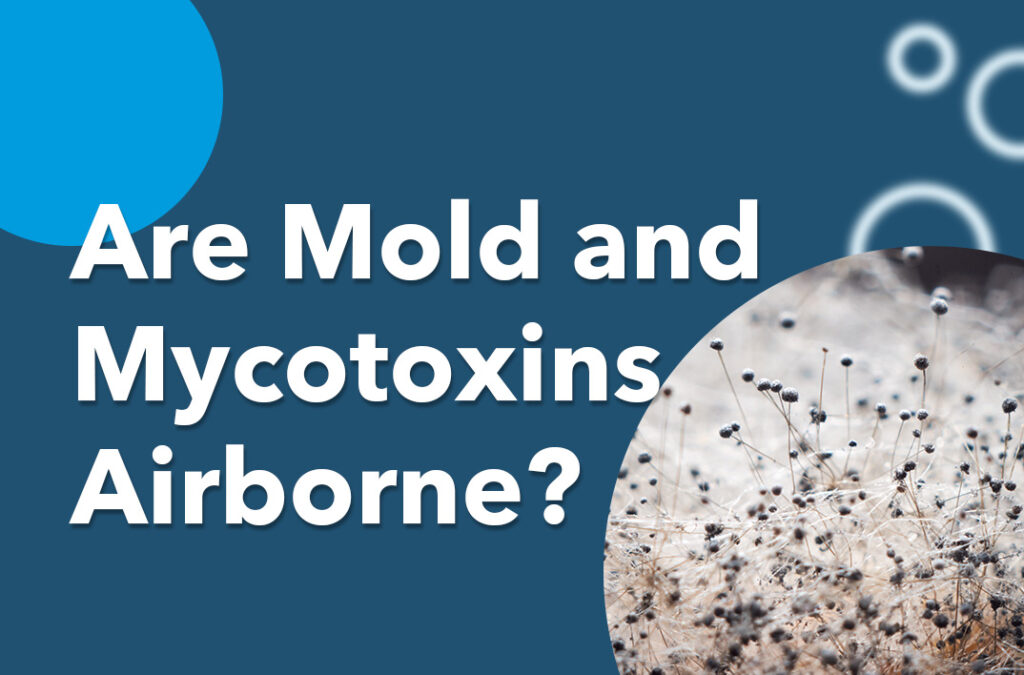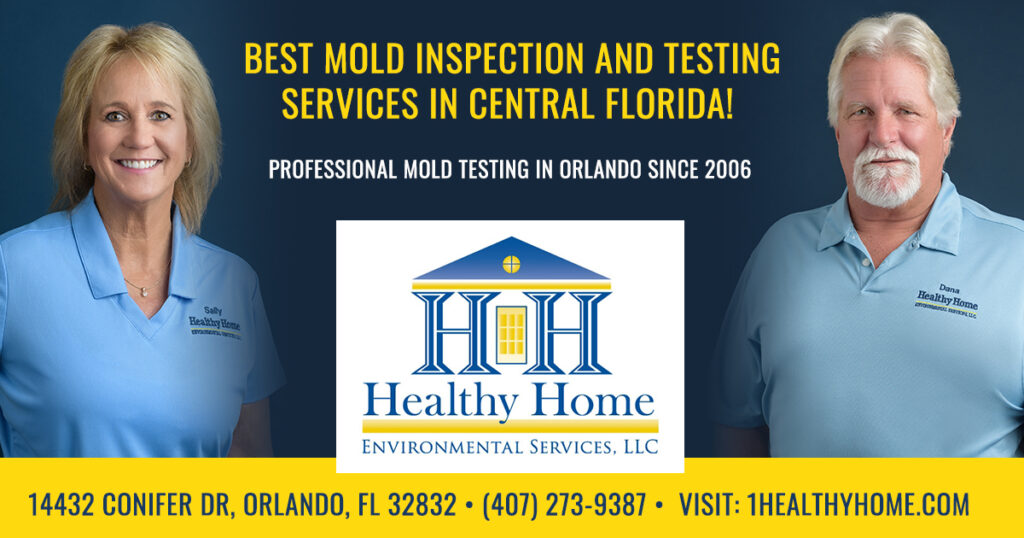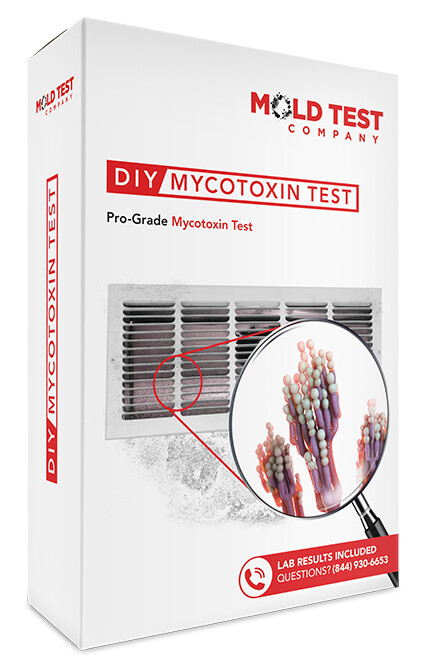The Necessity of Mycotoxin Checking in Agricultural Products to Guarantee Customer Safety And Security
The requirement of mycotoxin screening in agricultural products is a critical aspect of public health and wellness and safety that warrants comprehensive examination. Mycotoxins, poisonous substances created by certain fungis, can infiltrate different plants, bring about substantial health and wellness risks for customers, such as cancer causing impacts and organ damages. Regular mycotoxin screening not only gets rid of and recognizes infected items from the supply chain however likewise guarantees compliance with safety and security requirements and enhances customer trust. Recognizing the techniques and advantages of such testing is essential to completely appreciate its significance in safeguarding our food supply.
Understanding Mycotoxins
Mycotoxins, toxic second metabolites produced by specific fungis, provide a significant risk to agricultural products and human health and wellness. These substances are created by numerous species of molds, such as Aspergillus, Fusarium, and Penicillium, which can contaminate crops both pre- and post-harvest - Mycotoxin testing Services. The most typical mycotoxins include aflatoxins, ochratoxin A, fumonisins, zearalenone, and deoxynivalenol (DON)
Mycotoxin contamination can occur under specific environmental conditions, such as high humidity and temperature, which prefer the development of mold and mildew. Agricultural items like cereals, nuts, spices, dried fruits, and coffee are particularly susceptible. The presence of mycotoxins in these assets can bring about significant financial losses due to reduced plant returns and the need for rigorous testing and decontamination processes.
Understanding the biochemical nature and formation of mycotoxins is necessary for creating reliable reduction strategies. Study has actually shown that mycotoxins exhibit an array of chemical frameworks and residential or commercial properties, making discovery and removal challenging. Advanced analytical strategies, including chromatography and mass spectrometry, are utilized to recognize and measure mycotoxins in agricultural items, making sure that contamination degrees stay within safe limits developed by governing bodies.
Wellness Risks of Mycotoxins
Given the significant threats linked with mycotoxins in agricultural products, recognizing their influence on health and wellness is extremely important. Mycotoxins, hazardous additional metabolites created by fungis, position serious risks to both human and animal health. Chronic direct exposure, even at low degrees, can result in a variety of adverse wellness impacts, consisting of teratogenicity, immunosuppression, and carcinogenicity. Aflatoxins, among the most well-known mycotoxins, are classified as Group 1 health hazards by the International Firm for Research on Cancer (IARC), mostly influencing the liver and enhancing the danger of hepatocellular cancer.
Acute mycotoxin poisoning, although less typical, can trigger prompt and extreme illness such as liver damages, intestinal disruptions, and hemorrhaging. Ochratoxin A, one more powerful mycotoxin, is linked to kidney damage and has prospective carcinogenic impacts. On the other hand, fumonisins, mostly impacting maize, are connected with esophageal cancer and neural tube problems.

Usual Resources of Contamination
Understanding the common sources of contamination is critical for effectively managing and mitigating the risks presented by mycotoxins. Mycotoxins are hazardous second metabolites generated by certain types of fungi, which can contaminate agricultural products at various stages of storage, handling, and manufacturing. The key resources of contamination consist of field conditions, post-harvest handling, and storage space environments.
Area problems play a considerable function, with variables like weather condition, plant sensitivity, and dirt wellness affecting fungal growth. Crops such as corn, great site peanuts, wheat, and tree nuts site here are particularly vulnerable to mycotoxin-producing fungis like Aspergillus, Fusarium, and Penicillium varieties. Insufficient crop rotation and inadequate bug administration can worsen the danger of contamination.
Post-harvest handling is another vital stage where contamination can take place. Mechanical damages during harvesting and transportation develops entrance points for fungi, while inappropriate drying out methods can leave wetness levels high enough to sustain fungal development.
Storage environments add dramatically to contamination dangers. Inadequately preserved storage centers with high humidity and temperature level levels develop excellent conditions for mycotoxin production. Routine assessments and proper storage space problems are vital in curbing this hazard.
Mycotoxin Evaluating Methods
Efficient monitoring of mycotoxin contamination hinges not only on identifying potential sources yet additionally on executing robust screening approaches to spot these dangerous substances. Mycotoxin testing methods can be extensively classified right into immunochemical and chromatographic strategies.
On the other hand, enzyme-linked immunosorbent assay (ELISA) and lateral flow assays are famous immunochemical approaches. ELISA, particularly, is widely utilized as a result of its cost-effectiveness, ease of usage, and fast turn-around time. Side circulation assays give fast, on-site screening capabilities, making them suitable for area applications where instant choices are essential.
Additionally, innovations in molecular biology have presented PCR-based methods with the ability of finding mycotoxin-producing fungis at hereditary degrees, providing a predictive strategy to contamination risk. Integrating these varied methods enhances the dependability and comprehensiveness of mycotoxin detection, making sure that agricultural products satisfy security standards and safeguarding consumers from possible health and wellness threats.
Advantages of Regular Testing

Normal mycotoxin testing offers considerable advantages that dramatically reinforce farming safety and quality. One of the key advantages is the defense of consumer health. Mycotoxins, toxic substances generated by certain fungis, can contaminate food and present major wellness risks, consisting of cancer cells and acute poisoning. Routine screening guarantees that infected products do not reach consumers, therefore alleviating wellness risks.
In addition, regular screening aids in preserving the integrity and track record of agricultural manufacturers. By carefully monitoring and managing mycotoxin levels, read this post here producers can prevent legal effects and pricey recalls. This not only guarantees compliance with rigorous worldwide safety and security criteria however likewise fosters customer trust and commitment.

Final Thought
The necessity of mycotoxin testing in agricultural products is highlighted by the substantial wellness risks posed by these poisonous compounds. Making sure customer safety and security calls for the identification and elimination of contaminated products from the supply chain. Routine screening not just reduces the danger of severe poisoning and chronic health and wellness problems however additionally sustains conformity with security requirements. In addition, it boosts the reputation of producers and promotes depend on within the farming supply chain, eventually securing public wellness.
The need of mycotoxin screening in agricultural items is a vital element of public health and safety that necessitates detailed assessment. Mycotoxins, harmful compounds generated by certain fungis, can infiltrate various plants, leading to considerable wellness dangers for consumers, such as cancer causing effects and organ damages.Mycotoxins, toxic second metabolites created by particular fungi, present a substantial danger to farming products and human wellness.Provided the substantial dangers connected with mycotoxins in agricultural products, comprehending their effect on wellness is extremely important (Mycotoxin testing Services).The necessity of mycotoxin screening in agricultural items is underscored by the substantial health dangers postured by these harmful substances